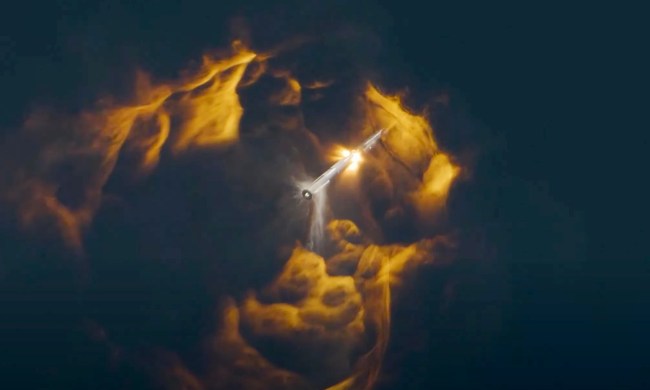Electrospray thrusters offer one such form of propulsion by firing ions into space at extreme speeds. But there’s a catch — spikes can emerge from these tiny engines and interfere with the ions by turning them into solids.
With this issue in mind, researchers from Michigan Technological University wanted to observe how these solids form. And the observation is no easy feat. Satellite batteries’ strong electrical fields disrupt imaging and, as the tip of the ion stream can move during operation, it’s difficult to capture them under a microscope, according to Michigan Tech professor L. Brad King, who advised on a paper published this week in the journal Nanotechnology.
“Finding the actual nano-scale tip of the droplet with an electron microsope is like trying to look through a soda straw to find a penny somewhere on the floor of a room,” King said in a news release. “And if that penny moves, like the tip of the molten salt droplet does—then it’s off camera, and you have to start searching all over again.”
King and lead author Kurt Terhune teamed up with University of Maryland’s John Cumings to observe the miniature engines. Cumings is recognized for conquering tricky materials. He used a transmission electron microscope at his advanced imaging lab in Maryland to capture the ions’ strange mechanics.
Although the researchers were able to identify the issue (radiation disrupts the molecular structure of the ions, causing them to bunch and form a gel), they don’t yet have a solution. Still, they insist that the observation itself is a step toward creating more efficient engines.
“We were able to watch the dendritic structures accumulate in real time,” Terhune said in the news release. “The specific mechanism still needs to be investigated, but this could have importance for spacecraft in high-radiation environments.”


